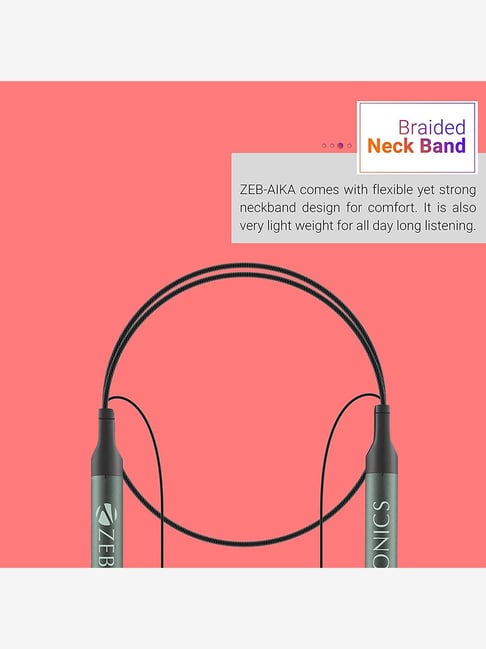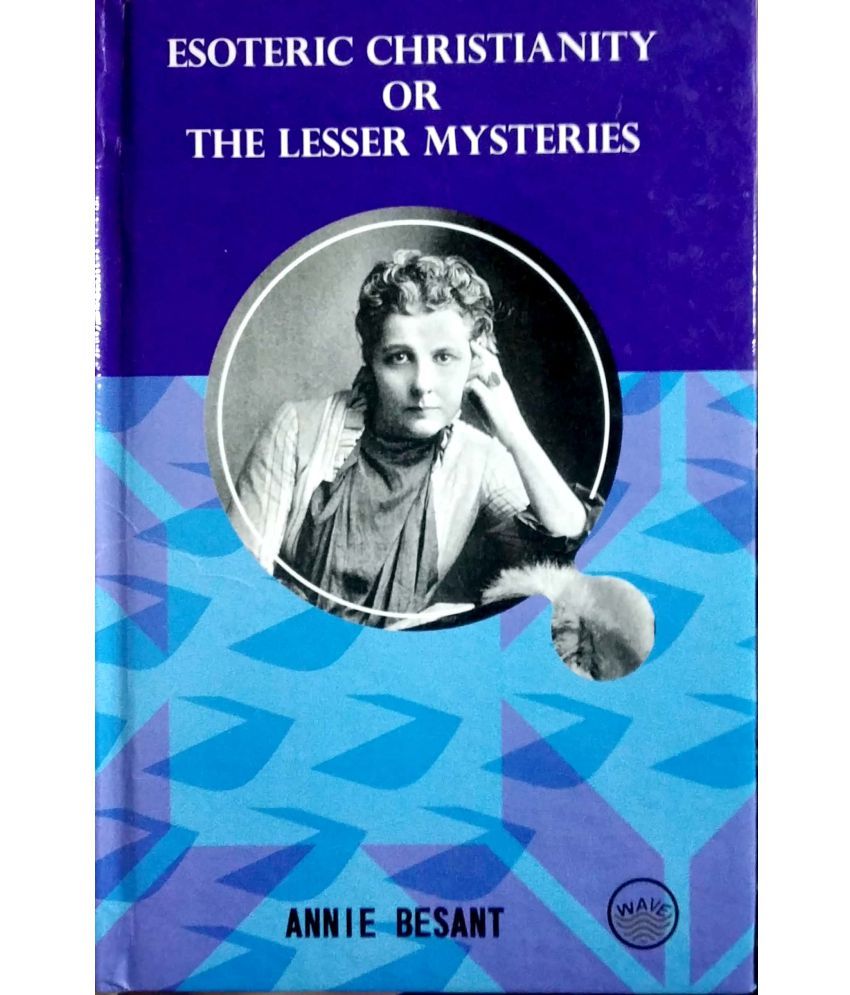

We anticipate that the results of this study will provide evidence to support recommendations as to the effectiveness of conservative interventions for patients with cervical radiculopathy. The primary outcome variable is neck- and arm pain intensity measured with a Visual Analogue Scale accompanied with secondary outcome measures of impairments and subjective health measurements collected before intervention and at 3, 6, 12 and 24 months after base-line assessment. The interventions will be delivered by experienced physiotherapists and last 14 weeks. A total of 144 patients with cervical radiculopathy will be randomly allocated to either of the two interventions.
#WHERE TO FIND LESSER AURELAR IN AIKA ONLINE TRIAL#
The current protocol is a two armed intervention randomised clinical trial comparing the outcomes of patients receiving neck specific training or prescribed physical activity. The purpose of the current study is to compare the effectiveness of neck-specific training versus prescribed physical activity.


Most patients are not candidates for surgery but are often treated with different conservative approaches and may be sick-listed for long periods. Patients with cervical radiculopathy often have neck- and arm pain, neurological changes, activity limitations and difficulties in returning to work. Neck-specific training with a cognitive behavioural approach compared with prescribed physical activity in patients with cervical radiculopathy: a protocol of a prospective randomised clinical trial.ĭedering, Ã…sa Halvorsen, Marie Cleland, Joshua Svensson, Mikael Peolsson, Anneli Published by the BMJ Publishing Group Limited. The participants and relevant patient support groups will be informed about the results of the study. Results of this study will be disseminated through national and international papers. Ethical approval was obtained from the Institutional Ethics Committee of the University Medical Center Groningen. In addition, a budget impact analysis will be performed. An economic evaluation will assess cost-effectiveness. Secondary outcomes are: Work Ability Index (single-item WAI), quality of life (EuroQol 5 Dimensions 5 level Survey, EQ-5D-5L), Neck Disability Index (NDI) and complications. Primary outcomes are: 'operative success', the measured decrease in radiculopathy assessed by the visual analogue scale and 'patient success', assessed by the modified Odom's criteria. A sample size of 308 patients is required to test the hypothesis of clinical non-inferiority of FOR versus ACDF. The main inclusion criterion is a radiculopathy of the C4, C5, C6 or C7 nerve root, due to a single-level isolated cervical foraminal stenosis caused by a soft disc and/or osteophytic component, requiring operative decompression. The FACET study is a prospective randomised controlled trial conducted in 7 medical centres in the Netherlands. The study objectives of the Foraminotomy ACDF Cost-Effectiveness Trial (FACET) study are to compare clinical outcomes, complication rates and cost-effectiveness of FOR to ACDF. A head-to-head comparison of the 2 surgical techniques in a randomised controlled trial has not yet been performed. Most surgeons prefer ACDF, although there are indications that FOR is as effective as ACDF, has a lower complication rate and is less expensive. Study protocol for a randomised controlled multicentre study: the Foraminotomy ACDF Cost-Effectiveness Trial (FACET) in patients with cervical radiculopathy.īroekema, A E H Kuijlen, J M A Lesman-Leegte, G A T Bartels, R H M A van Asselt, A D I Vroomen, P C A J van Dijk, J M C Reneman, M F Soer, R Groen, R J MĬervical radiculopathy due to discogenic or spondylotic stenosis of the neuroforamen can be surgically treated by an anterior discectomy with fusion (ACDF) or a posterior foraminotomy (FOR).


 0 kommentar(er)
0 kommentar(er)
